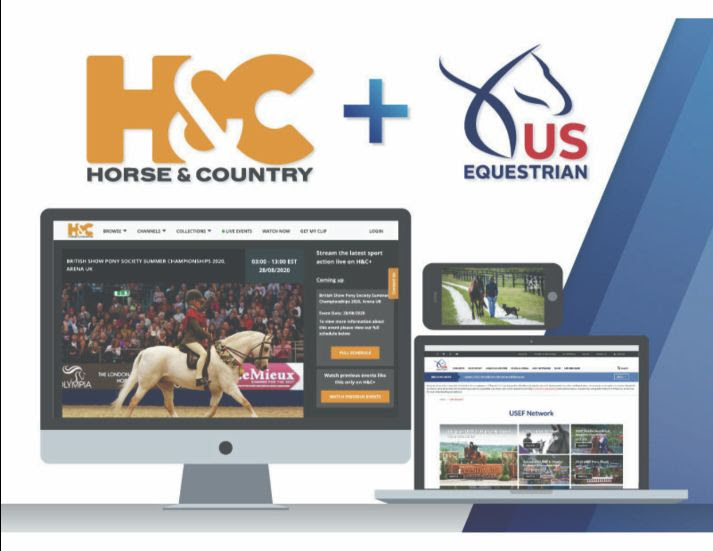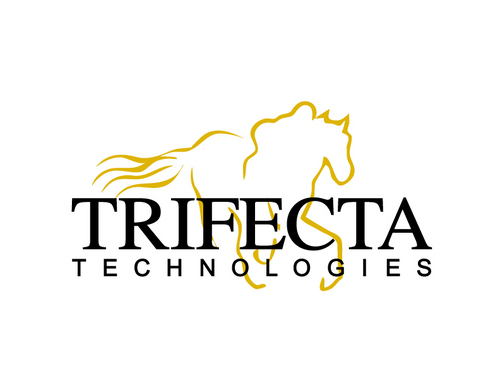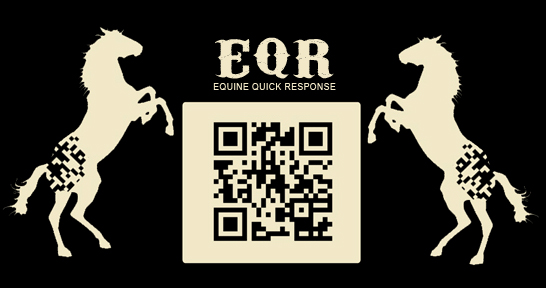Technology’s Impact on Horse Marketing and Sales

The equine industry has witnessed a significant transformation with the advent of modern technology. From how horses are marketed to the way sales transactions are conducted, technology has reshaped the landscape, making it more efficient, transparent, and accessible.
Introduction

Technology has revolutionized many traditional industries, and horse marketing and sales are no exception. Digital platforms, social media, and data analytics have introduced new opportunities and challenges for breeders, sellers, and buyers alike.
Key Technological Advances in Horse Marketing and Sales

| Technology | Description | Impact |
|---|---|---|
| Online Marketplaces | Websites and apps dedicated to listing horses for sale | Broader reach, 24/7 accessibility, and easier comparison shopping |
| Social Media | Platforms like Instagram, Facebook, and TikTok for showcasing horses | Enhanced visibility, direct engagement with potential buyers, and viral marketing opportunities |
| Virtual Tours and Videos | High-quality videos and 360-degree virtual tours of horses | Allows buyers to assess horses remotely, saving time and travel costs |
| Data Analytics | Use of data to analyze market trends and horse performance | Informed decision-making and pricing strategies |
| Blockchain and Smart Contracts | Secure, transparent transaction records and automated contracts | Increased trust and reduced fraud in sales transactions |
Benefits of Technology in Horse Marketing and Sales
- Increased Market Reach: Sellers can connect with a global audience beyond local or regional boundaries.
- Enhanced Transparency: Detailed online profiles and transaction histories build buyer confidence.
- Cost Efficiency: Reduced need for physical inspections and travel lowers expenses.
- Improved Communication: Instant messaging and video calls facilitate quicker negotiations.
Challenges and Considerations
- Digital Divide: Not all participants have equal access to technology or digital literacy.
- Authenticity Verification: Ensuring the accuracy of online information and videos can be difficult.
- Privacy Concerns: Handling sensitive data requires robust security measures.
Best Practices for Leveraging Technology
- Utilize High-Quality Visuals: Invest in professional photography and video production.
- Engage on Social Media: Build a consistent and authentic online presence.
- Leverage Data: Use analytics tools to understand buyer behavior and market trends.
- Ensure Secure Transactions: Adopt blockchain or trusted payment platforms.
Frequently Asked Questions (FAQ)
Q1: How has social media changed horse sales?
A1: Social media platforms allow sellers to showcase horses to a vast audience, engage directly with potential buyers, and create viral marketing campaigns that were not possible before.
Q2: Can I buy a horse without seeing it in person?
A2: Yes, with virtual tours, videos, and live video calls, buyers can assess horses remotely, though many still prefer in-person evaluations.
Q3: What role does blockchain play in horse sales?
A3: Blockchain technology provides secure, transparent records of ownership and transactions, reducing fraud and increasing trust.
Q4: Are there risks to buying horses online?
A4: Risks include misrepresentation and lack of physical inspection, but these can be mitigated with thorough research, trusted platforms, and secure payment methods.
Conclusion
Technology continues to reshape horse marketing and sales by expanding reach, improving transparency, and streamlining transactions. Embracing these tools while addressing challenges can lead to more successful and trustworthy equine commerce.
Would you like me to help refine the tone or add more detailed case studies to this article?
